Comparing Skin Rashes: Causes & Symptoms
By Clara Vandermeer / Oct 27
In the realm of skin health, recognizing the different types of rashes can be the difference between effective treatment and prolonged discomfort. As you delve deeper into the world of skin conditions, you'll discover that knowledge is your best ally. How can you empower yourself? By understanding the distinctions between viral, bacterial, and fungal rashes!
This visual outlines the key characteristics, common symptoms, and treatment approaches for viral, bacterial, and fungal skin rashes.
Cause: Viral infections (e.g., chickenpox, herpes).
Manifestation: Sudden appearance, often accompanied by fever or malaise.
Treatment: Antiviral medications, supportive care.
Cause: Bacterial infections (e.g., impetigo, cellulitis).
Manifestation: Redness, swelling, pus formation (in severe cases).
Treatment: Antibiotics (topical or oral).
Cause: Fungal infections (e.g., ringworm, athlete's foot).
Manifestation: Scaling, redness, distinct shapes, thrives in moist areas.
Treatment: Antifungal medications (topical or oral).
When it comes to skin health, understanding skin rashes is crucial. At What Are Rashes, we focus on educating you about the different types of rashes and their underlying causes. Rashes can arise from various factors, including viruses, bacteria, and fungi. This overview will help you recognize the basic types of skin rashes and their significance in identifying the right treatment.
Skin rashes often manifest as red, inflamed areas on the skin and can vary in appearance and symptoms. They may itch, burn, or cause discomfort, making it essential to determine their origin. By identifying whether your rash is viral, bacterial, or fungal, you can take the necessary steps toward effective treatment. For further details on rash symptoms and causes, a comprehensive resource is available on MedlinePlus.
To understand skin rashes better, let's look at the different categories based on their causes:
Recognizing these types is vital, not only for understanding your condition but also for knowing how to address it appropriately. If you suspect a rash, think about its appearance and any accompanying symptoms.
Identifying the type of rash can significantly influence the treatment approach. For instance, antiviral medications are effective for viral rashes, while bacterial infections may require antibiotics. Here are key reasons why knowing the rash type matters:
At What Are Rashes, we believe that education plays a crucial role in managing skin health. By recognizing the signs and symptoms of different rash types, you empower yourself to seek appropriate care promptly. So next time you notice a rash, take a moment to assess its characteristics!
Did you know? Keeping a detailed journal of your skin's reactions to various products, foods, and environmental factors can significantly aid in identifying the triggers of your rashes. This proactive approach not only helps in managing existing conditions but also empowers you to make informed decisions for your skin health!
As we wrap up this discussion on skin rashes, it's essential to understand the common threads across viral, bacterial, and fungal infections. Each type of rash has its own symptoms and causes, but they also share some similarities. For instance, rashes from all three sources can lead to itching, discomfort, and sometimes even pain. The National Center for Biotechnology Information (NCBI) offers further scientific insights into various skin conditions.
Viral skin rashes often present with additional symptoms like fever or malaise, while bacterial and fungal rashes may involve inflammation and pus. Recognizing these patterns helps us make informed decisions about treatment and care. Here’s a quick recap:
Understanding the distinctions between these rash types is just the beginning! The next step is knowing how to treat and prevent them effectively. For treatment, it’s crucial to identify the type of infection. While antivirals can help with viral skin rashes, antibiotics are necessary for bacterial infections, and antifungal medications work best for fungal issues. However, treatment isn't one-size-fits-all; consulting a healthcare professional can provide you with tailored recommendations.
Prevention is equally important. Simple practices can make a big difference in reducing your risk of developing skin rashes:
By taking these proactive steps, you're not only protecting yourself but also empowering those around you to manage their skin health better!
Have you ever wondered when it's the right time to seek help? If your rash is persistent, worsening, or accompanied by severe symptoms like fever or swelling, it's crucial to consult a healthcare professional. They can provide a definitive diagnosis and help you find the most effective treatment.
Remember, early intervention can prevent complications and lead to quicker healing. It’s always better to be safe and get a professional opinion when it comes to your skin health!
Staying informed is a key part of managing skin health. At What Are Rashes, we provide a wealth of resources, including evidence-based articles, visual symptom charts, and skincare tips. Here are a few resources to consider:
Feel free to explore these resources to empower yourself with the knowledge needed to take charge of your skin health!
Here is a quick recap of the important points discussed in the article:
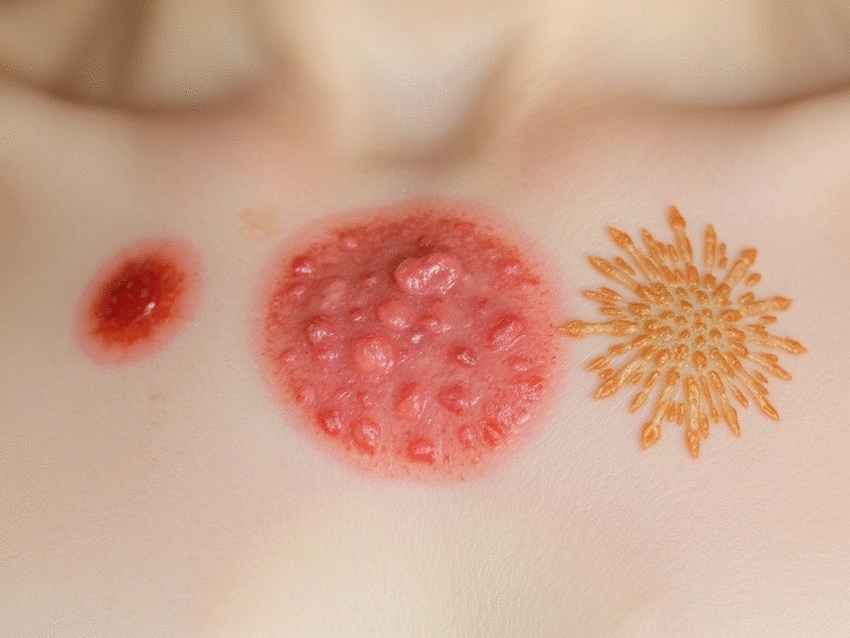
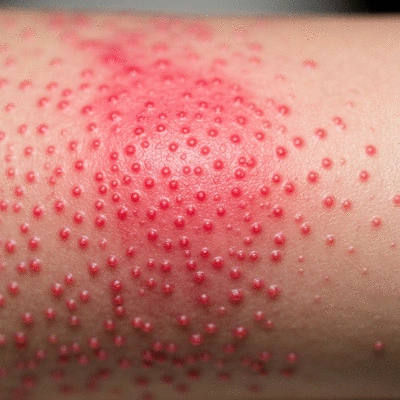
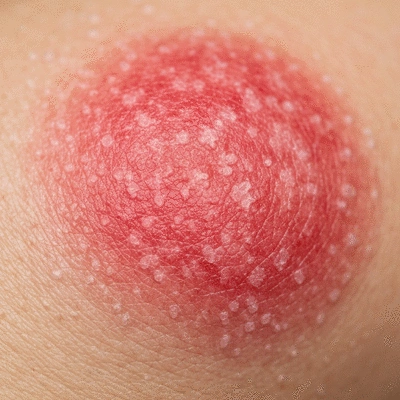
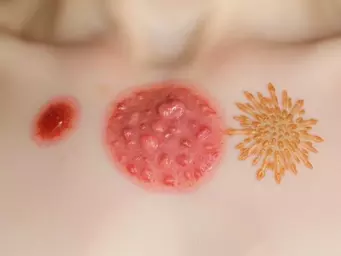 Comparing Skin Rashes: Causes & Symptoms
In the realm of skin health, recognizing the different types of rashes can be the difference between
Comparing Skin Rashes: Causes & Symptoms
In the realm of skin health, recognizing the different types of rashes can be the difference between
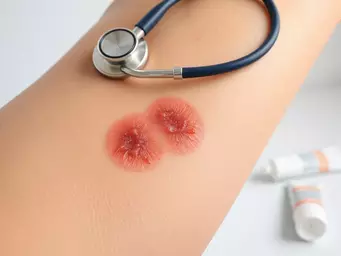 Identifying and Treating Ringworm
Have you ever wondered how a simple skin rash could create so much confusion? Understanding ringworm
Identifying and Treating Ringworm
Have you ever wondered how a simple skin rash could create so much confusion? Understanding ringworm
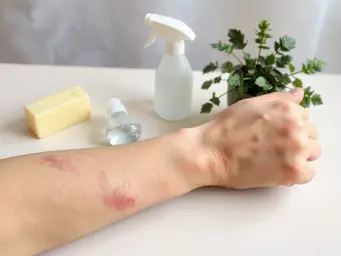 Understanding Contact Dermatitis Causes
Everyday encounters with common products can lead to unexpected skin reactions. By understanding the
Understanding Contact Dermatitis Causes
Everyday encounters with common products can lead to unexpected skin reactions. By understanding the